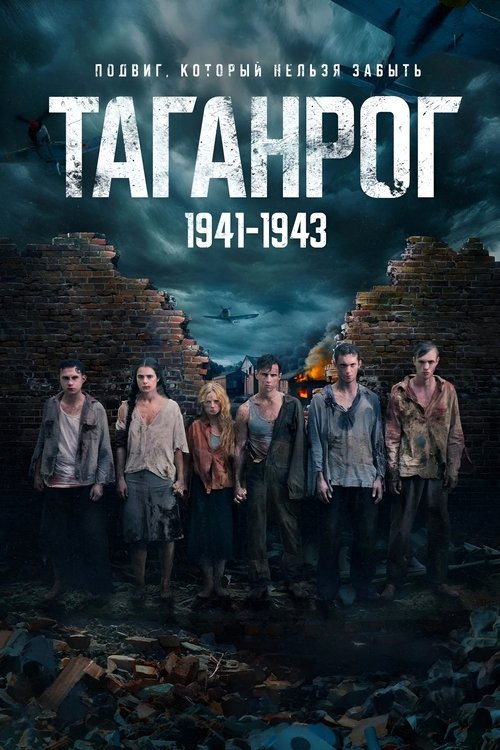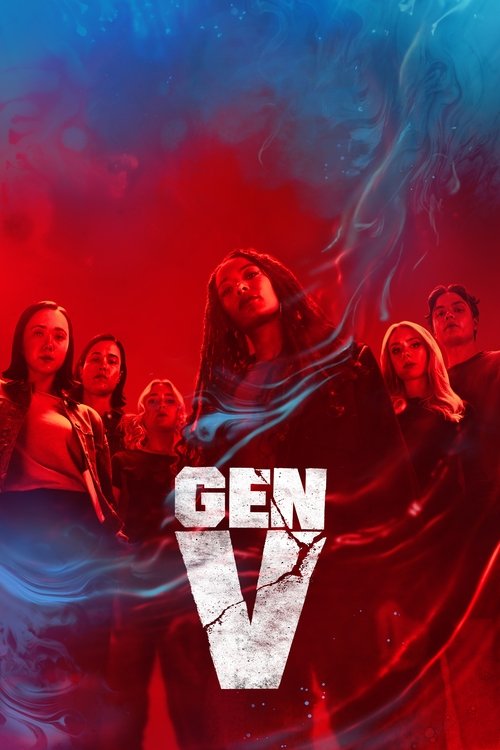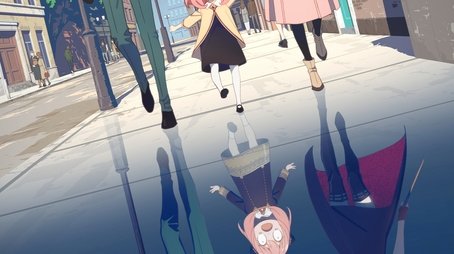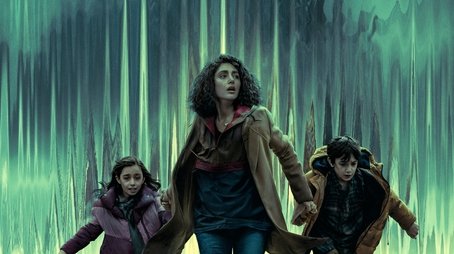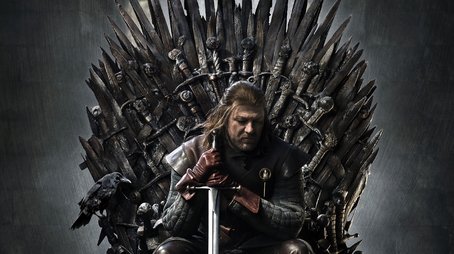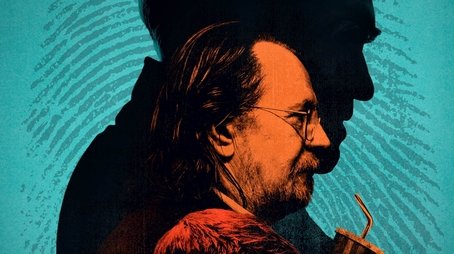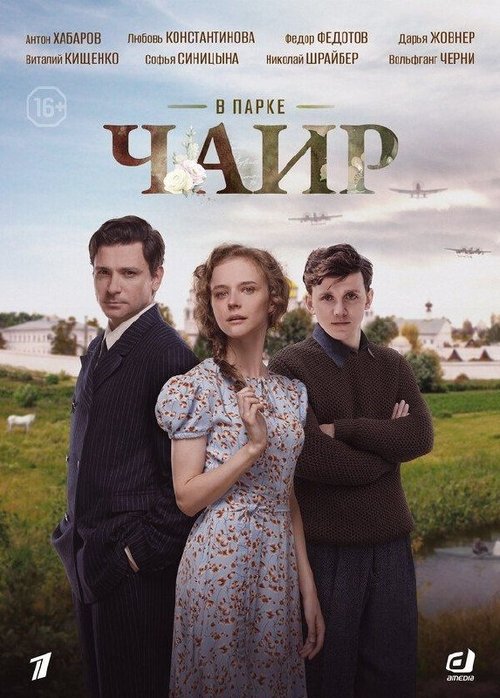
Ask Your Own Question
What is the plot?
The first season of "Значит, нам туда дорога" follows five friends from different Soviet republics who have fought together for three years in the Red Army infantry during World War II. The story begins in 1943 after the Battle of Kursk, where the unit loses its commander. A new senior sergeant, Vladimir Starshnov (nicknamed Старый), recently recovered from the hospital, takes command and quickly earns the respect of the soldiers.
The group consists of Старый, the strict but caring leader; Скорик, a witty and resourceful soldier from Odessa skilled in infiltration and hacking; Мирончик from Minsk, who is motivated by the hope of reuniting with his beloved left in the city; Филин from Leningrad; and Бугай, a miner from Donetsk. Together, they have endured brutal battles, including Stalingrad and the Kursk Bulge, and now push westward toward Berlin.
In 1944, as the Red Army advances toward Minsk, Мирончик is hopeful about meeting his love. However, on the outskirts of the city, their squad comes under heavy enemy fire. Using his cunning, Скорик leads the group through a dangerous escape, finding a hidden path to avoid encirclement. They then discover an entrance to the underground passages of the Brest Fortress while scouting near Brest. Старый decides to send a report to command via a liaison named Зина, coordinating their next moves.
The unit participates in the liberation of Lublin, where they receive intelligence from a Polish underground fighter about explosives hidden in the city. Старый and his men carefully search for and neutralize the threat, preventing massive destruction. Following this, they enter Warsaw, but the eerie silence and absence of civilians raise suspicions. The squad cautiously advances toward the city center, uncovering signs of a planned ambush. They engage in a tense firefight with remaining German forces, clearing the way for Soviet troops.
In early 1945, the soldiers reach Berlin, where fierce resistance continues. Старый, Скорик, Филин, Бугай, and Мирончик are tasked with escorting a vital convoy safely to the divisional headquarters through the war-torn city. They navigate through rubble-strewn streets under sniper fire and artillery bombardment. During one confrontation, Скорик uses his agility and quick thinking to flank enemy machine-gun nests, allowing the group to advance. Старый coordinates the defense and leads the squad through a series of close-quarters battles in ruined buildings.
The season culminates with the Soviet flag raised over the Reichstag. Despite exhaustion and heavy losses, the five friends stand together, reflecting on their journey from disparate origins to a united brotherhood forged in war. The final scenes show them preparing for the post-war world, uncertain but hopeful, as the war in Europe ends with their victory in Berlin.
What is the ending?
The first season of the TV show "Значит, нам туда дорога" ends with the five friends, infantrymen from different Soviet republics, reaching Berlin after enduring three years of brutal war. The season closes on their victory and survival, but leaves some questions open about their future, with no official confirmation of a second season yet.
Now, a detailed narrative of the ending scene by scene:
The final episodes focus on the culmination of the friends' long and arduous journey through the war. After three years of fighting together, they advance through liberated Russian, Belarusian, and Polish cities, driven by the shared goal of reaching Berlin.
Scene 1: The group approaches the outskirts of Berlin. The atmosphere is tense but hopeful. Each friend reflects silently on the hardships endured and the comrades lost along the way. Their unique skills--keen observation, strength, marksmanship--have been crucial in surviving the battles.
Scene 2: As they enter Berlin, the friends face fierce resistance from the remaining German forces. The fighting is intense and chaotic, with close-quarters combat in ruined streets and buildings. Despite exhaustion, they push forward, motivated by the promise of victory and the symbolic significance of the city.
Scene 3: The friends reach a strategic point in Berlin where they hold their ground against counterattacks. Here, the major who leads them, inspired by the song "Дорога на Берлин" (The Road to Berlin), rallies their spirits. The song, written by front-line correspondent Evgeny Dolmatovsky and famously performed by Leonid Utyosov, symbolizes their shared journey and hope.
Scene 4: The climax shows the friends witnessing the fall of Berlin. The city is in ruins, but the war is effectively over. The friends stand together, exhausted but victorious, contemplating the cost of their journey and the uncertain future ahead. Their bond, forged in battle, remains unbroken.
Scene 5: The season ends with a quiet moment among the friends, each processing the victory differently--some with relief, others with sorrow for lost comrades. The final shot lingers on their faces, hinting at the personal and collective challenges that lie beyond the war.
Fates of the main characters at the end:
-
All five friends survive the final battle and stand together in Berlin, symbolizing their resilience and unity.
-
The major who leads them remains a figure of inspiration, embodying the spirit of perseverance through the song that guides them.
-
The series leaves their post-war futures ambiguous, focusing instead on their shared victory and the bonds formed through hardship.
No official announcements have been made about a second season, so the story concludes with this open-ended victory, emphasizing the themes of friendship, endurance, and the heavy cost of war.
Is there a post-credit scene?
For the TV show "Значит, нам туда дорога," season 1 (2025), there is no available information indicating the presence of a post-credit scene in any episode, including the first episode or the season as a whole. The sources reviewed, including IMDb and other detailed episode guides, do not mention or describe any post-credit scenes for this series.
What are the backgrounds and regional origins of the five main friends serving in the infantry regiment?
The five main characters are friends from different regions of the USSR, each bringing their unique regional backgrounds to their shared experience in the infantry regiment during the war.
How do the relationships among the five friends evolve throughout their three years of war service?
Over the course of three years of war, the dynamics among the five friends develop deeply as they face the hardships of battle together, revealing their personal struggles, loyalties, and growth.
What role does Major Dolmatovsky play in the story, especially regarding the song 'Road to Berlin'?
Major Dolmatovsky is a significant figure who wrote the song 'Road to Berlin,' which serves as a motivational anthem leading the friends and their regiment forward through the liberation campaigns.
How are the liberation campaigns of Russian, Belarusian, Polish, and German cities depicted through the characters' experiences?
The series portrays the liberation of various cities across Russia, Belarus, Poland, and Germany through the eyes of the five friends, highlighting their direct involvement and the impact of these battles on their lives and morale.
What are the key personal challenges faced by Aleksandr Bukharov's character during the season?
Aleksandr Bukharov's character confronts significant personal challenges related to leadership, survival, and the emotional toll of war, which are explored in depth throughout the season.
Is this family friendly?
The TV show "Значит, нам туда дорога," season 1 (2025), is a military-adventure drama based on real events from World War II, focusing on five friends from different parts of the USSR serving in an infantry regiment. Given its war setting and themes, it is not primarily designed as family-friendly content for young children.
Potentially objectionable or upsetting aspects for children or sensitive viewers include:
- War violence and combat scenes depicting battles, injuries, and the harsh realities of frontline military life.
- Emotional intensity related to the trauma and hardships experienced by soldiers during wartime.
- Possible depiction of death or loss given the historical context of the Great Patriotic War.
- Themes of war-related suffering and sacrifice that may be distressing for sensitive audiences.
There is no indication of explicit content unrelated to the war theme, but the overall tone and subject matter are serious and mature, making it more suitable for older teens and adults rather than young children or those sensitive to war violence.


